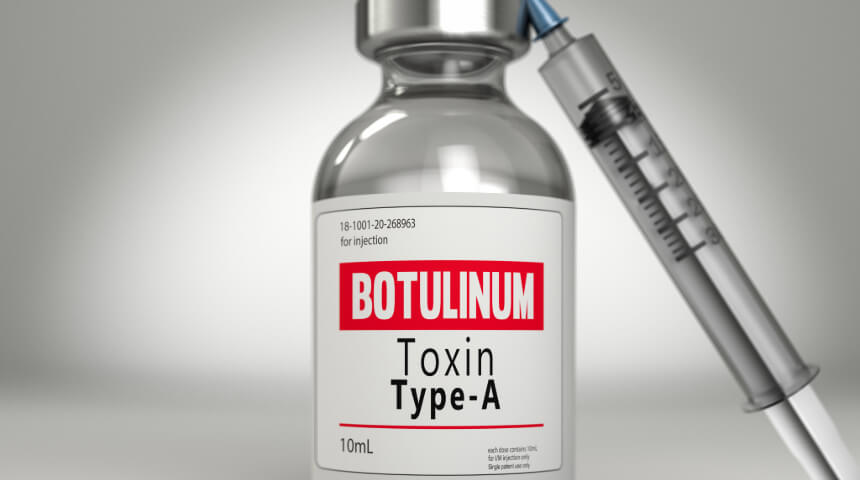When babies and young children get urinary tract infections (UTIs), they can’t tell you what’s wrong. The challenge for parents is recognizing the difference between typical childhood behaviors and an infection. Knowing what to look for can help.
UTIs are the most common urological issue in children. More common in girls than boys, about 2.5 percent of all children will get a UTI at some point and most occur in children under 5 years old. UTIs typically are not serious and can be easily treated with the proper diagnosis and antibiotics.
UTIs by Age
Babies: UTIs are less frequent in infants, so when a baby gets a UTI, it can be a sign of an anatomical issue. Since babies can’t verbally communicate the burning sensation, they will often cry when they urinate, and the urine will emit a foul smell. These symptoms, sometimes accompanied by fever, can indicate an infection.
Toddlers and young children: UTIs cause a lot of irritation, so toddlers and young children will often complain that it hurts when urinating, feel the urge to urinate frequently or even unintentionally wet themselves. The urine will likely have a foul smell and the child may also develop a fever.
Why Kids Get UTIs
Some children have underlying anatomical issues that can cause infections, but most children who develop UTIs – especially those recently potty trained – do so because they are distracted by play and delay going to the bathroom.
Sometimes a child will ignore their body’s signal by tightening their pelvic muscles, delaying the urge for 10 to 20 minutes. Repeating this behavior too many times can cause the bladder to become so distended that it can no longer contain the urine.
Often, children will rush through or delay urination for so long that they are unable to completely relax and fully empty their bladder, leaving urine behind that could lead to infection.
Other Common Urinary Issues in Kids
Incontinence. Parents may mistake incontinence for an infection if a child has accidents throughout the day and wets the bed at night.
Pelvic floor dysfunction. When a child repeatedly tightens their pelvic muscles to put off going to the bathroom, it can cause dysfunction in the normal voiding process, resulting in accidents and/or infections. It is important to encourage your child to fully empty their bladder regularly and without distractions, such as video games or phones in the bathroom. The longer the family waits to address the issue, the more difficult it is to break that habit.
Anatomical issues. If a child has multiple infections, especially accompanied by fever, look for underlying anatomical issues such as a blockage in the urinary system or vesicoureteral reflux, when the urine travels backward from the bladder toward the kidney. If left unaddressed, repeated infections can damage the kidneys.
Urethral irritation. Soapy baths and fragranced soaps can cause irritation and a burning sensation if they get inside the urethra. This happens more often in girls, as the urethra is shorter and more exposed to outside elements.
Can I Treat My Child’s UTI at Home?
Once a child has a UTI, it is difficult to treat at home without antibiotics. To help avoid infection, pay close attention to your child’s bathroom habits. Encourage your child to sit on the toilet at least once every three hours and increase their fluid intake to help flush their system of bad bacteria.
See your doctor if:
· Urinary symptoms are accompanied by fever
· Infections occur on a consistent basis
· You notice a significant change in bathroom habits or patterns, such as sudden bedwetting or frequent accidentsAre You Interested in Learning More?
Sign up for our e-newsletter for more tips and best practices from pediatricians.
Sign Up Here










